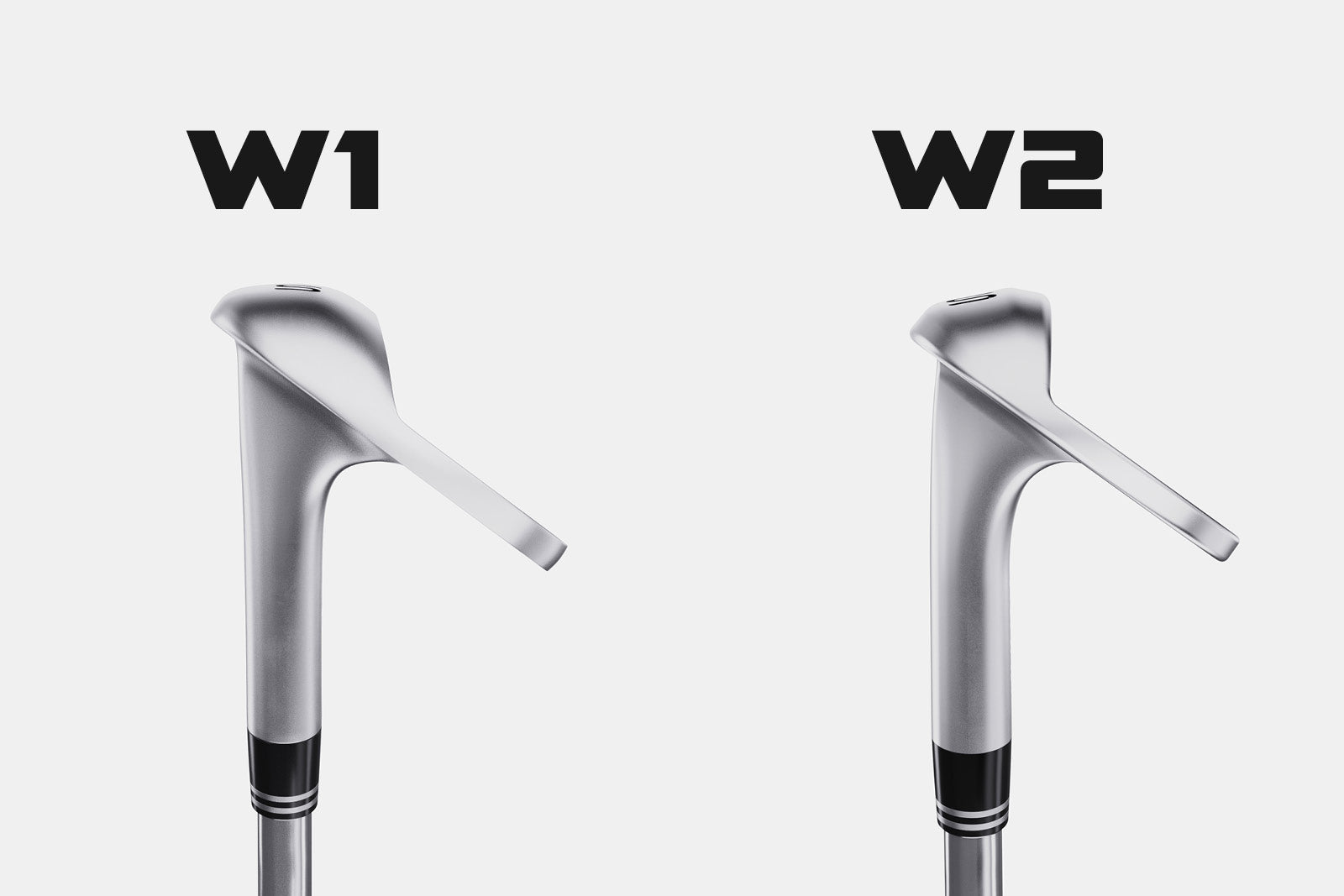When it comes to optimizing your golf performance, the shaft of your club plays a massive role— But not all shafts are created equal, and understanding what makes them different is the key to unlocking better consistency, control, and feel in your swing.
At the core, a shaft has three defining characteristics:
1. Weight
2. Flex (how much it bends)
3. Bend Profile (where it bends)
The Most Important Factor: Where the Shaft Bends
Out of these three elements, the bend profile—or where the shaft bends—is the most crucial. A shaft with the right bend profile for a player’s swing type and tempo will always outperform one that’s simply the right weight or flex but bends in the wrong place.
If the bend point doesn’t match how a player swings, it can cause inconsistency, timing issues, or a lack of feel. That’s why, during fittings, we prioritize identifying the right bend profile first—before we even start fine-tuning weight and flex.
The Three Main Shaft Profiles
Shafts generally fall into three categories based on how stiffness is distributed:
- Stiff in the tip, softer in the handle
- Soft in the tip, stiffer in the handle
- Evenly balanced from tip to butt
These profiles feel drastically different, and how they react during the swing will either support or conflict with the player’s natural motion.
Matching Profile to Swing Type & Tempo
The right shaft profile depends on two key elements of a player’s swing:
-
Tempo
- Faster tempo players tend to match well with stiffer tip profiles.
- Slower tempo players often benefit from softer tip shafts.
-
Swing Type (Steep vs. Shallow)
- Steeper swings, which typically feature a later release, are suited to stiffer tips that can handle the added force.
- Shallower swings, often with an earlier or more passive release, pair better with softer tip shafts.
Our Fitting Process
We always begin fittings by exposing players to all three shaft profiles—but keeping the weight constant across them. This way, players can directly compare how each profile feels and performs without being distracted by other variables.
Only once we identify which bend profile feels best and matches their swing, do we start testing different weights and flexes within that same profile.
Final Thoughts
Choosing the right shaft starts with understanding bend profile. Weight and flex are important, but they come after you’ve found a shaft that works with your natural swing type and tempo. It’s not just about the numbers—it’s about how it feels and how it responds to your swing.
The best way to find that match? Get fit, test profiles, and let your swing do the talking.
Want to Get Fit?
If you’re ready to find the perfect shaft for your swing, we’ve got you covered.
Apply for a fitting online through our precision fitting system using the link below:
Or, if you’d prefer to experience our shaft profiles in person, find your nearest fitter location:
Only if you want to get better.





